Indoor Pollutants
Indoor pollutants
Main causes influencing indoor air quality can be divided into characteristics of building and indoor lifestyle.
There are various types of construction materials of our home, work, and schools that we live in, and these have a big influence on indoor air quality.
Pollutant release from construction materials is also related to sick building syndrome that we know of.
Glue, preservatives, and paints used for construction materials are chemicals. Newly built buildings or indoor environment that has been newly renovated have higher releasing amount of such chemicals, so we use the term sick building syndrome. However, such chemicals are continued to be released from old buildings as well.

-

Coughs, itchiness, and dizziness
-

Tiredness and decline in concentration
-
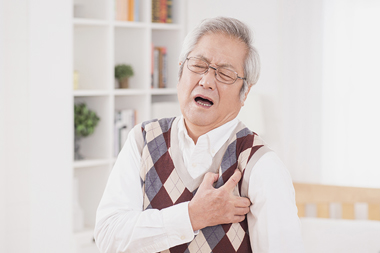
Inducing heart disease and cancer
Besides chemicals from construction materials, there are various kinds of biological harmful factors in living environment, such as germs, virus, molds, dust mites, and harmful insects.
These can become causes of spread of diseases, infection, and allergies.
Life patterns indoors can also influence indoor air quality.
How many people occupying indoor environment can be related to carbon dioxide concentration of indoor air.
Cooking, among indoor activities, is especially related with nitrogen dioxide and fine dust. Movement also increases fine dust concentration.
Cause of indoor pollutant occurrence
What are the causes of indoor pollution in the house?

Types of indoor pollutants
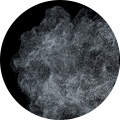
Fine dust
Invisible dust particle with diameter of less than 10㎛ that is very thin and small
Lowers function of lungs through respiratory organs and weakens immunity
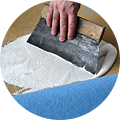
Formaldehyde(HCHO)
Mostly occurred from insulation, fiber, and construction materials used in general houses and public buildings and is contained a lot in glue Induces irritation in eyes, nose, and throat, coughs, diarrhea, dizziness, nausea, and skin disease

Carbon dioxide (CO₂)
Occurred when living organisms breathe or ferment and is contained about 0.04% in dry air
Is not toxic, but can cause headache and dizziness if the amount is increased, and also can threaten life
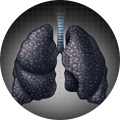
Radon (Rn)
It is a natural radioactive substance included in soil and underground water. It is gas pollutant easily breathable by humans and can cause lung cancer.
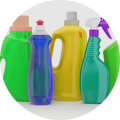
Volatile Organic Compounds(VOCs)
Main causes are construction materials, washing materials, paint, and insecticide (toluene, benzene, and ethylbenzene)
Absorbed through breath and skin and causes difficulty in breathing, headache, nausea, and hematologic disorder
Effects of carbon dioxide (CO₂)
| Concentration(ppm) | Effect of concentration change | |
|---|---|---|
| ~450 | Healthy ventilation maintained | |
| ~700 | No health issues even under long time | |
| ~1,000 | No health damage, but unpleasant feeling | This indicates permissible use as index of pollution with assumption of physical and chemical property and condition of air being degenerated proportionately to increase of CO₂, not harmfulness of CO₂ itself |
| ~2,000 | Condition changes such as drowsiness | |
| ~3,000 | As considerable bad, health damages start to occur, such as shoulder discomfort or headache | |
| ~4,000 | As maximum bad, headache and dizziness start to occur and health is damaged under long time | |
| ~5,000 | ACGIH | |
| ~20,000 | Depth of breath and intake volume increases by 30% | |
| ~30,000 | Work aging, change in physiological functions, and double breathing rate | |
| ~50,000 | Breathing rate is increased by stimulating respiratory centers. Dangerous if breathing time is lengthened Hazard becomes rapid and definite if accompanied by O₂ deficiency |
|
| ~80,000 | Strong difficulty in breathing, hot flush, and headache are occurred if breathing for about 10 minutes Hazard becomes noticeable if accompanied by O₂ deficiency |
|
| 180,000 | Deadly | |




